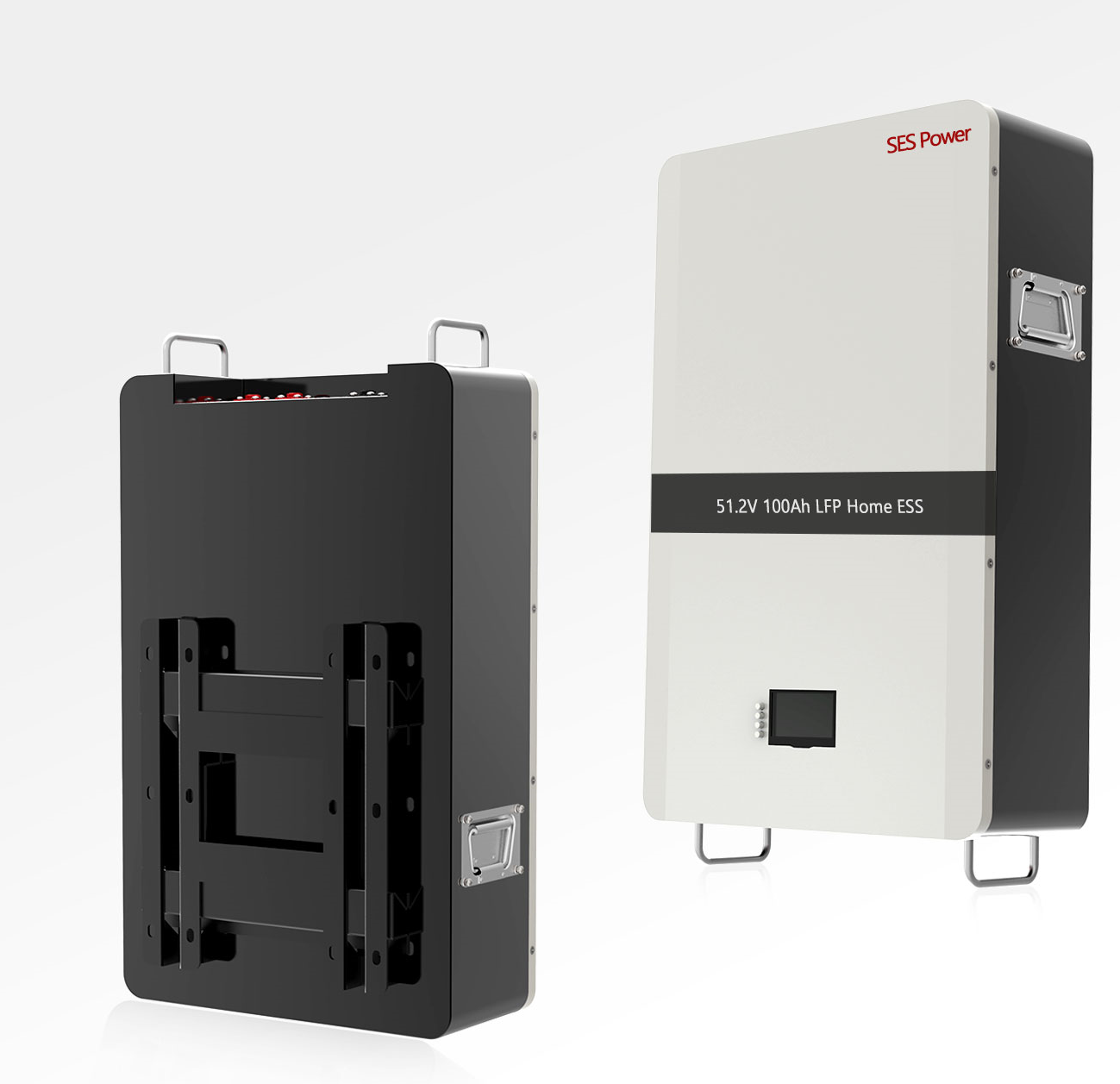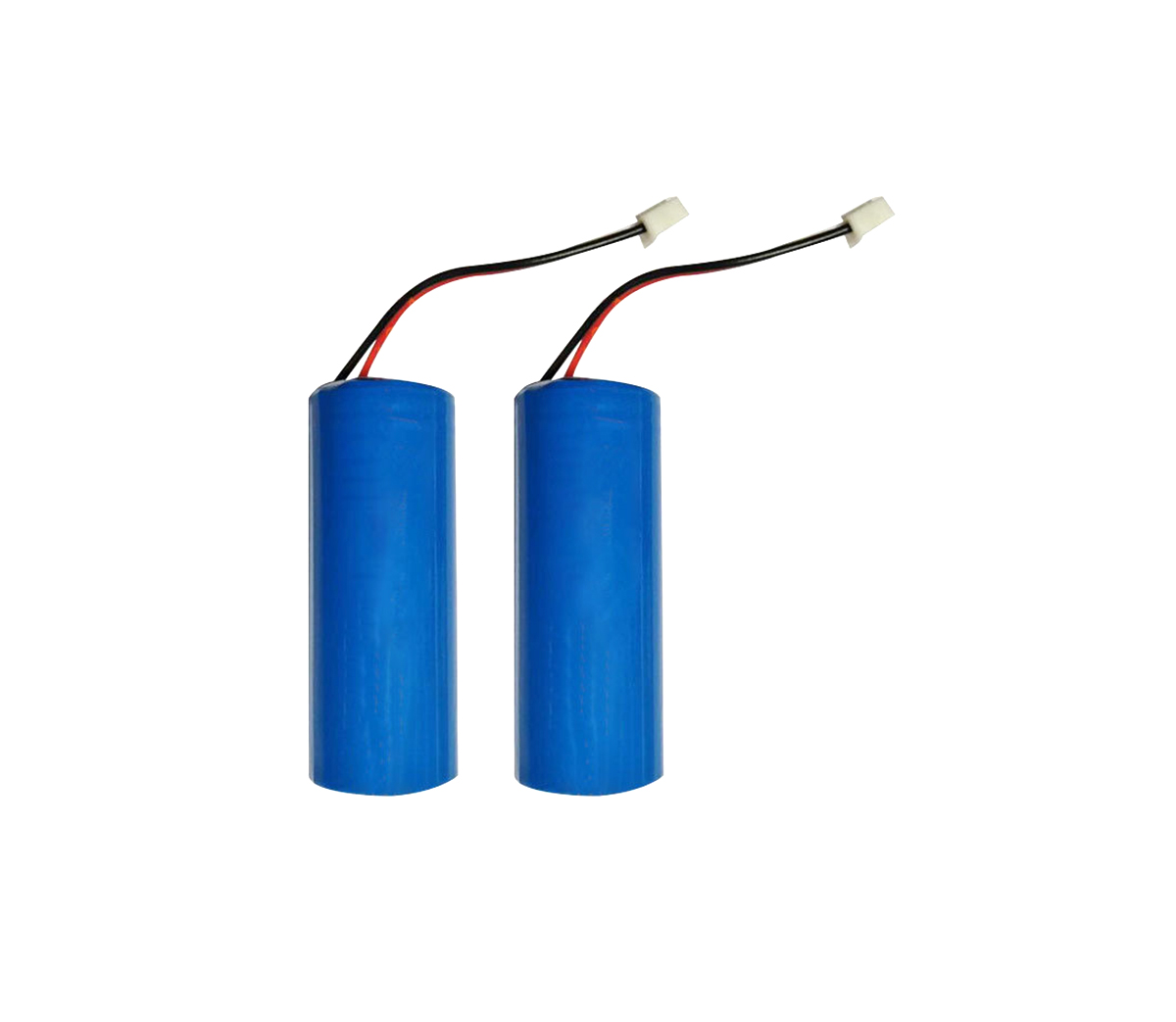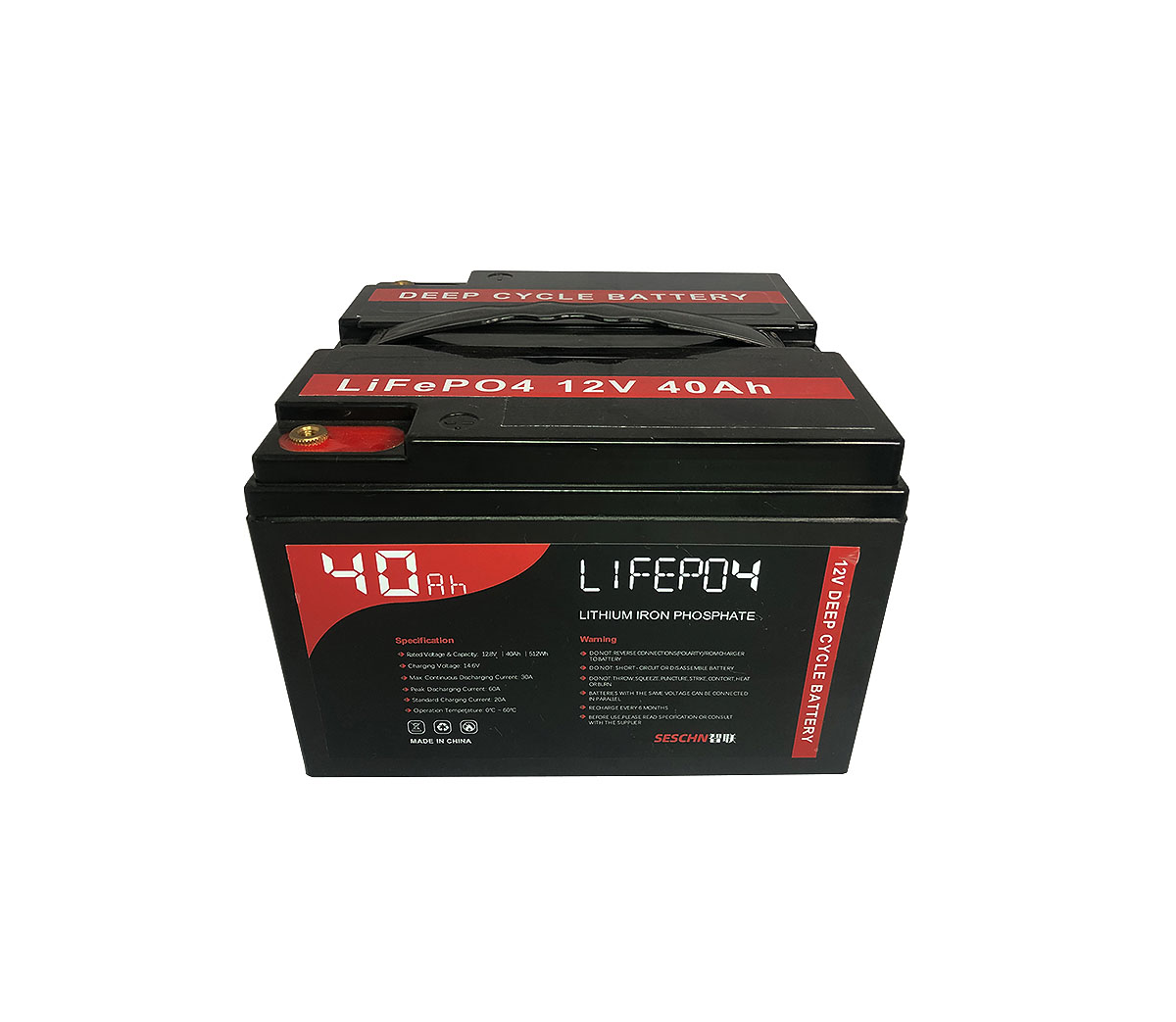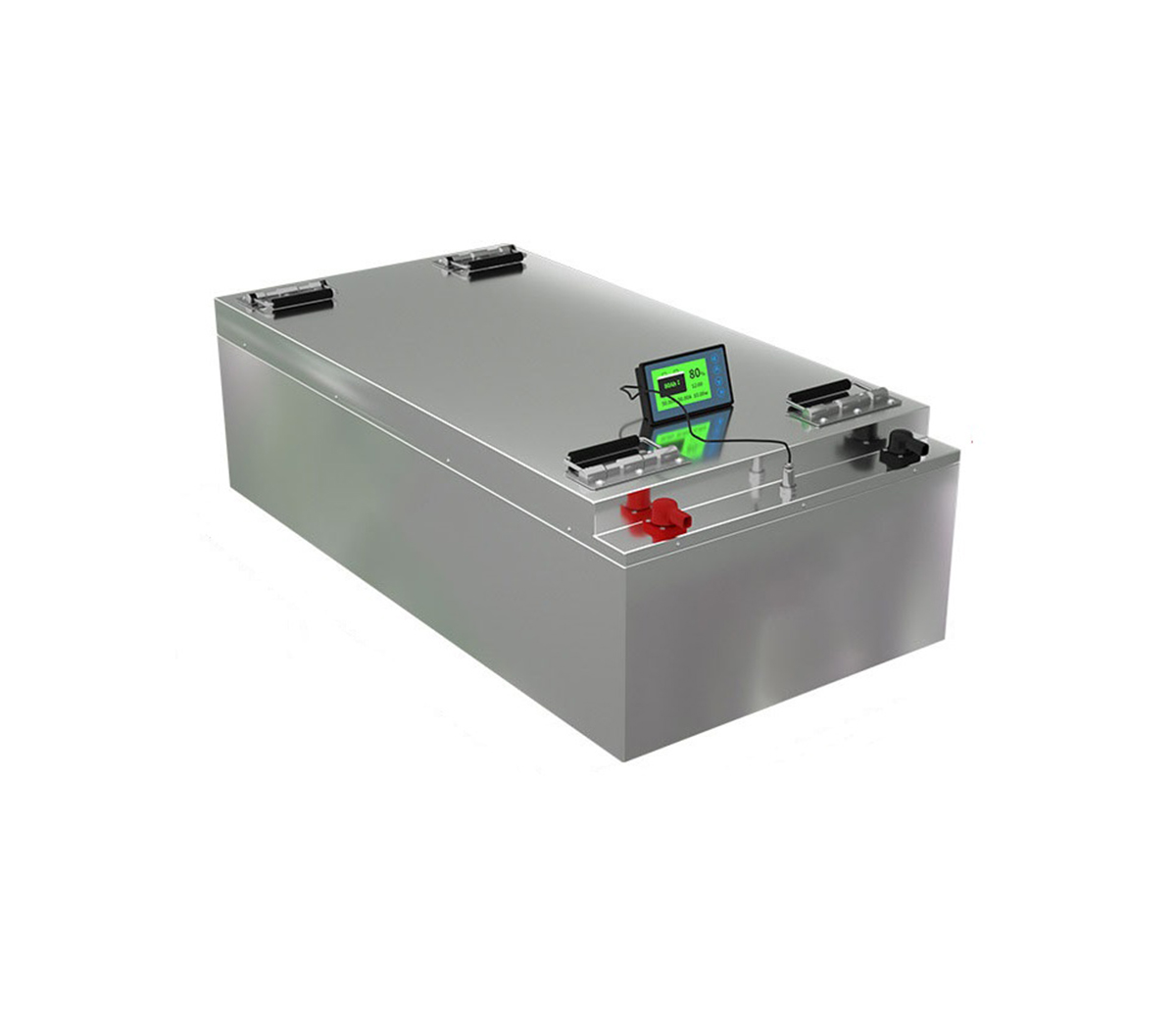As one of the hottest tracks nowadays, the expected installed capacity of energy storage industry is over 10 million watts at every turn, attracting all kinds of capital to accelerate the influx.
Recently, the 12th China International Energy Storage Conference was held in Hangzhou, China, and it has become an industry consensus that the energy storage market is fragmented under the broad prospect. Among the mainstream technology routes, electrochemical energy storage market concerns, of which, the lithium battery industry is the most mature, but safety is still the biggest short board. Relatively safe sodium batteries, liquid flow batteries are facing weak industrial base restrictions.

A: Energy storage market is vast but fragmented
According to statistics, China's energy storage market size reached 50-60 billion yuan in 2021, an increase of more than 120% over 2020. Under the influence of the "3060 target", the high-speed development period of the energy storage industry has just begun.
By the end of 2025 at the end of the 14th Five-Year Plan, the installed capacity of new domestic energy storage will jump from the current millions of kilowatts to 30 million kilowatts, and will further increase to about 150 million kilowatts by 2030, and may increase to more than 1 billion kilowatts by 2050.
It is worth noting that, for industry companies, energy storage is certainly a super cake, but the actual number of shares depends not only on their own strength, but also affected by the chosen technology route. A number of industry sources said: "A single technology is difficult to meet the requirements of each application scenario of energy storage, energy storage market fragmentation has basically become a consensus, the risk of substitution of new technology for old technology always exists."
It is reported that the so-called energy storage market fragmentation mainly refers to the electrochemical energy storage technology to pumped storage replacement space is limited, and electrochemical energy storage within the different technical routes have their own advantages and disadvantages, each other or further form a competitive relationship, which is the current industry's main investment logic that "bullish electrochemical energy storage, especially lithium storage continue to increase the proportion of" or constitute a certain challenge.
Public data show that the traditional pumped storage in the domestic energy storage capacity of the cumulative installed capacity of about 90%, electrochemical energy storage accounted for only about 10%, which includes lithium batteries, sodium batteries, liquid flow battery three subdivision technology route.
In actual application, electrochemical energy storage is constrained by high cost, low capacity and other factors, whether large-scale promotion is still facing questions. In the main energy storage technology route, pumped storage in the field of peaking applications have been more mature, but the role of electrochemical energy storage is still not obvious, because the capacity is too small, this type of project in the long-term demonstration status.
B: old and new battery technology has its advantages and disadvantages
Although there are various bottlenecks in the application of electrochemical energy storage at this stage, it is still the hottest technical route driven by the wealth creation effect in the new energy industry.
SES Power noted that most of the exhibitors at the conference were engaged in the lithium storage business, and the conference presentations were mainly focused on lithium storage, enhancing the capacity of lithium batteries and strengthening the safety of lithium batteries were hot topics.
As the main technical route of electrochemical energy storage, the advantages and disadvantages of lithium batteries are very obvious. Its advantage is that the operation is not subject to geographical restrictions and higher power, industrial support is also more mature. However, expensive lithium resources have significantly weakened the competitiveness of lithium storage, and the natural flammability of lithium batteries also makes large-scale applications more difficult.
In search of cost reduction, long-time shared energy storage or the fundamental way: If the lithium storage time is extended to 4 to 12 hours, the thermal management system will be very good to enhance the battery life is expected to improve from the current 6,000-7,000 times to 12,000 times, which in turn significantly reduce the cost of use.
However, it is worth noting that there are also points of view, although the development of lithium battery long time energy storage is technically feasible, but its characteristics determine to carry out about 2 hours short time energy storage benefits better, extended time will inevitably increase the cost burden.
The same is electrochemical energy storage, liquid flow battery in the field of long-term energy storage undoubtedly more advantageous, compared with lithium batteries, all-vanadium liquid flow battery with safety, environmental protection and the whole life cycle of economic advantages, will be one of the future large-scale long-term energy storage technology of choice.
Although practitioners are very concerned about the advantages of all-vanadium liquid flow battery, but the technology is currently facing low efficiency and other problems. Some point out that its energy efficiency is still less than 75%, and for the user, the power loss of more than 20% at every turn is unbearable.
C: more should be based on the present, do a good job in the present
The face of the old and new battery technology controversy, there are practitioners pointed out that the new technology to form a complete industry chain is not overnight, in a limited period of time the industrial base is mature lithium storage "fill the short board" is more practical.
As an emerging technology, sodium batteries due to the existence of a certain degree of commonality with lithium battery technology, but also respected by some industry players: sodium batteries have the advantages of technical safety and sufficient raw materials, but its industrialization progress is slow, long-term will exist as a supplementary route to lithium batteries.
SES Power is a professional lithium battery energy storage system integrator with nearly 20 years of experience, we think it is more important to focus on the real needs of customers now, and strive to maximize the benefits of existing mature technology.

For example, our products have high technical content and extremely high cost performance: lead-acid replacement products with Bluetooth or RS485 communication function (LiFePO4 12V100Ah, 12V200Ah, 24V100Ah), high-current (2000A) starter lithium battery, UPS high-voltage lithium battery system (up to 860V), 3Kw~20Kw off-grid, grid-connected, and isolated lithium battery energy storage system, wall-mounted form of home energy storage system 48V100Ah, 48V200Ah, stacked energy storage system (single 51.2V100Ah, up to support 15 stacks), and so on.
These products are all energy storage systems in a broad sense. If you have any questions about these products, you are welcome to contact us.




































